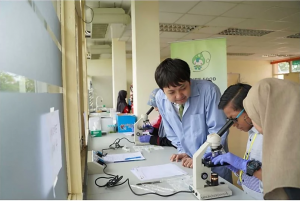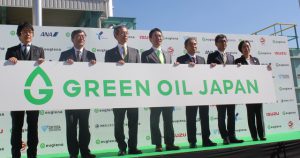Production Technology of Highly Unsaturated Fatty Acids as Fish Oil Substitute Utilizing Microalgae
Introduction Japan’s fisheries industry relies heavily on natural resources, with about 75% of production coming from fishing and only around 25% from aquaculture (Fisheries Agency, 2020). Globally, the aquaculture sector has been growing significantly (Fisheries Agency, 2020). However, aquaculture also depends on substantial amounts of fishmeal and fish oil due to the nutritional requirements of fish. Thus, even in aquaculture, the foundation remains reliant on marine resources. The main sources of fishmeal and fish oil are from abundant small pelagic fish, particularly the Peruvian anchoveta resource. As aquaculture production grows, so do








